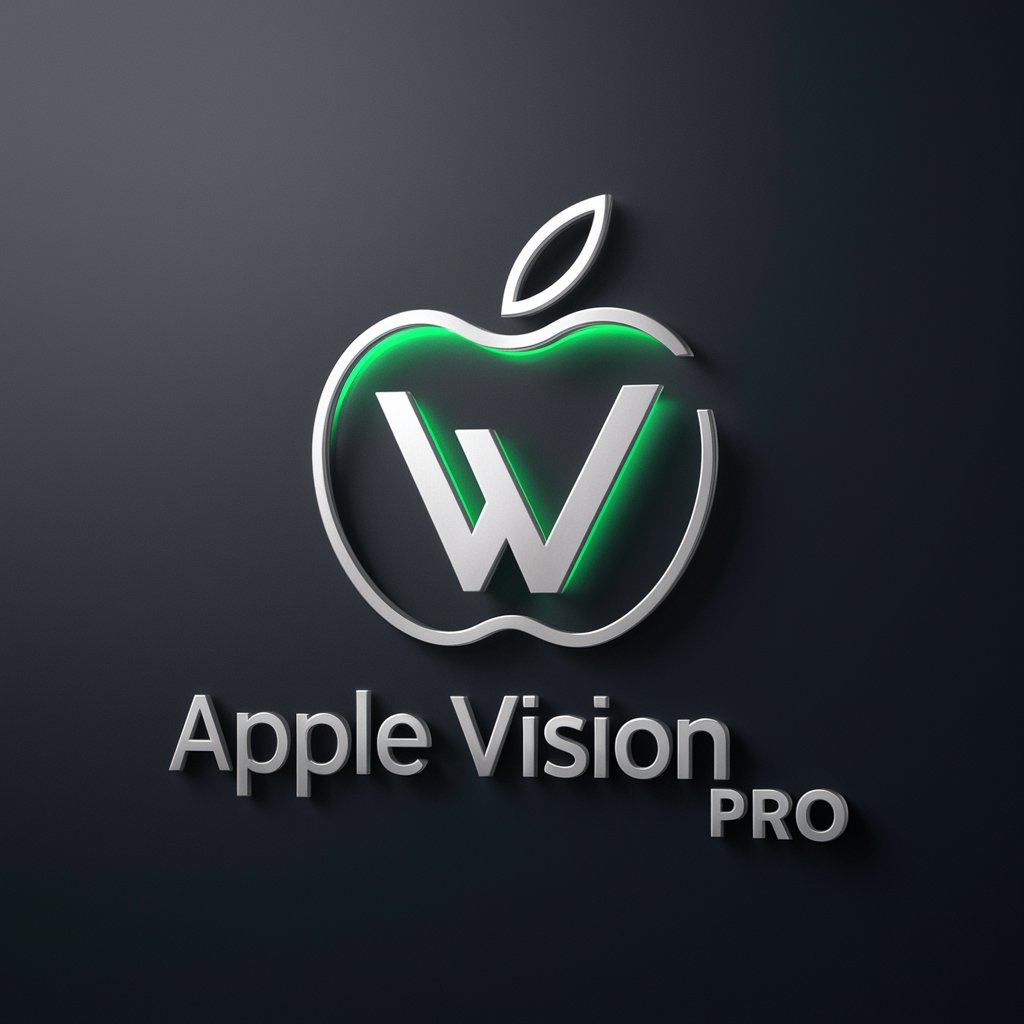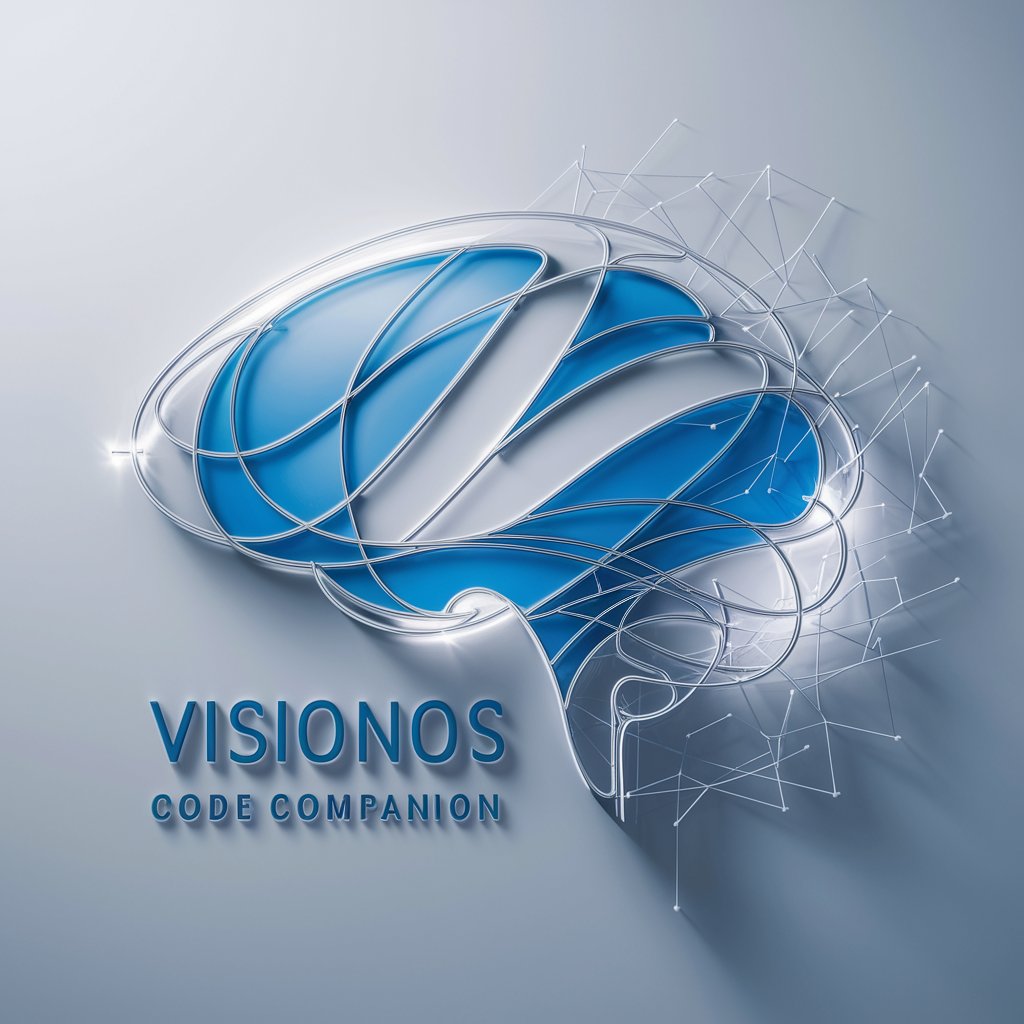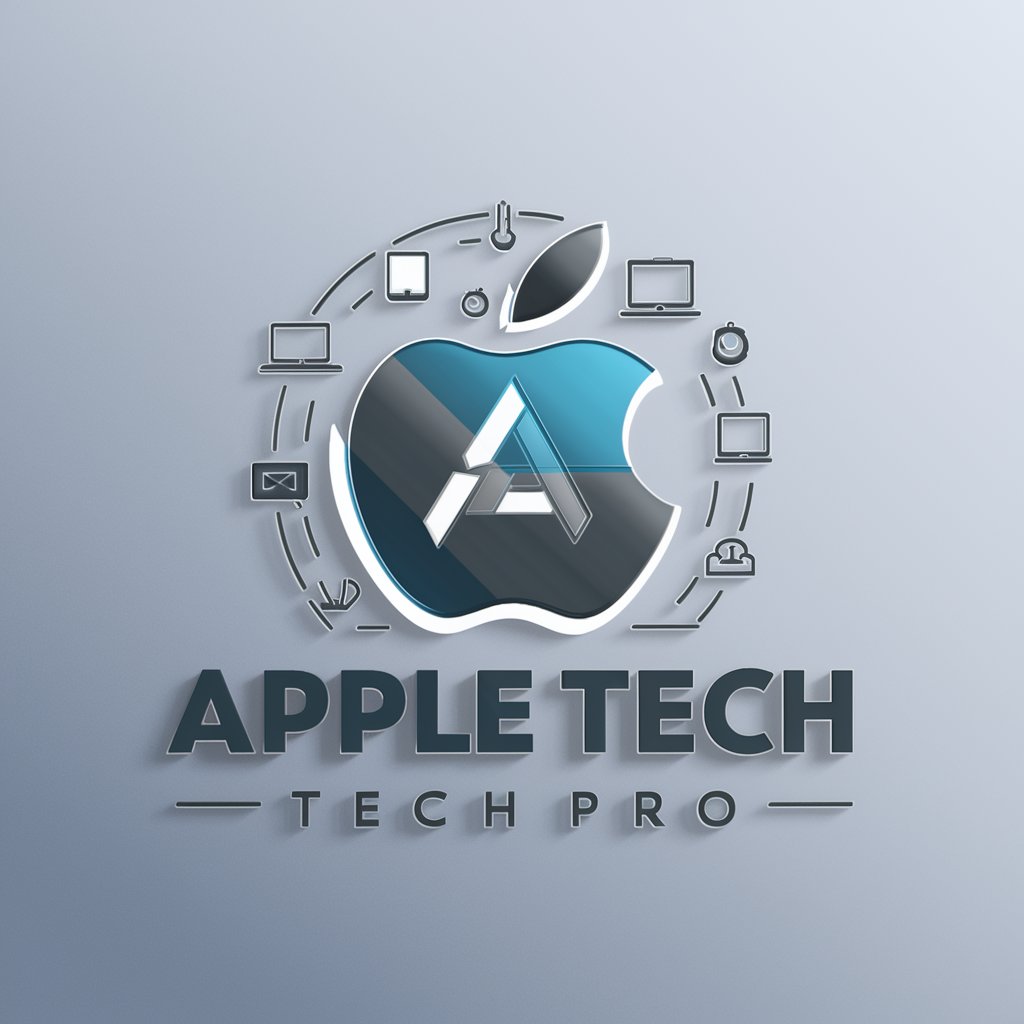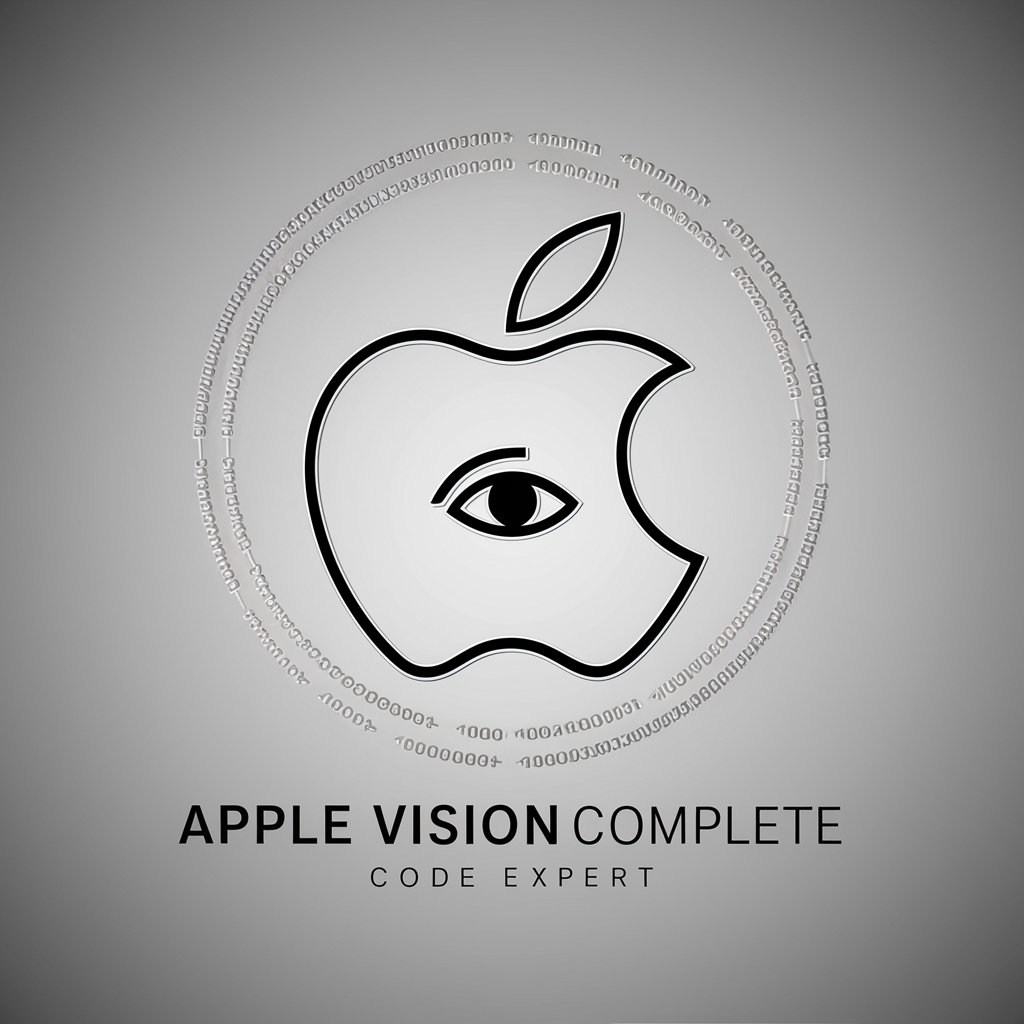
visionOS Mentor for Apple Vision Pro - visionOS development tool guide.

Hello! Ready to explore visionOS coding for Apple Vision Pro?
Build immersive apps for Apple Vision Pro with AI guidance.
How can I use SwiftUI for interface design in visionOS?
What are the unique features of RealityKit in visionOS?
Can you help me with ARKit integration in my visionOS app?
I need advice on creating immersive 3D spaces in visionOS.
Get Embed Code
Introduction to visionOS Mentor for Apple Vision Pro
visionOS Mentor for Apple Vision Pro is a specialized digital assistant designed to help developers create immersive experiences for Apple’s Vision Pro headset using visionOS. With deep expertise in SwiftUI, RealityKit, ARKit, and Reality Composer Pro, this mentor supports the development of spatial computing applications. It provides guidance, sample code, and problem-solving tips for creating apps that blend virtual and real-world elements. For example, a developer might use it to learn how to integrate real-world surroundings into an immersive experience by using scene reconstruction, or to create interactive 3D content using RealityKit. The mentor is built to help users build apps that respond to user inputs such as hand gestures, voice, and eye-tracking, while also leveraging Apple’s unique hardware and software capabilities like Spatial Audio and 3D video. Powered by ChatGPT-4o。

Main Functions of visionOS Mentor
SwiftUI Interface Design
Example
Assist developers in creating interactive user interfaces using SwiftUI in visionOS, such as designing modular UIs that scale from windows to immersive spaces.
Scenario
A developer designing a media browsing app (e.g., 'Destination Video') can use visionOS Mentor to structure SwiftUI views that present video content in an intuitive, spatially aware format with playback controls tailored for Vision Pro.
3D Content Creation with RealityKit
Example
Guide developers through creating interactive 3D content in apps, such as games or educational apps, that seamlessly integrate into physical spaces.
Scenario
In a scenario like 'Swift Splash,' visionOS Mentor helps a developer create modular 3D slide pieces using Reality Composer Pro, showing how to build an interactive, animated ride with custom shaders and animations.
ARKit for Mixed Reality Experiences
Example
Support developers in using ARKit to incorporate real-world surroundings into apps by utilizing features like scene reconstruction and hand tracking.
Scenario
Incorporating real-world surroundings in games like 'Happy Beam,' developers can use visionOS Mentor to implement gesture detection, allowing users to interact with virtual objects through hand movements, enhancing engagement with their environment.
Spatial Audio Integration
Example
Help developers configure Spatial Audio for immersive content, ensuring audio adapts to both virtual and physical surroundings.
Scenario
In an app like 'Destination Video,' the mentor can guide developers in adjusting the Spatial Audio experience so that it changes between small, focused sound stages and large immersive sound environments, depending on whether the video is inline or full-window.
App and Game Optimization for visionOS
Example
Offer best practices for optimizing app performance and ensuring smooth interactions in immersive spaces, covering topics like gesture handling, transparency sorting, and physics simulation.
Scenario
In 'Swift Splash,' developers can follow visionOS Mentor’s advice to ensure the water slide behaves realistically, by using RealityKit physics and sorting transparent materials correctly to avoid rendering issues.
Ideal Users of visionOS Mentor
App Developers
App developers working on Apple Vision Pro apps who want to leverage spatial computing capabilities. These users benefit from the Mentor’s guidance on building immersive, responsive apps that blend the physical and digital worlds using SwiftUI, RealityKit, and ARKit.
Game Developers
Game developers looking to create engaging mixed-reality experiences. By using visionOS Mentor, they can integrate 3D content, physics, and user input through gestures or hand tracking, creating spatially aware games that make the most of Vision Pro’s capabilities.
Creative Designers
Creative professionals who design interactive experiences, such as immersive media, 3D visualizations, or educational content, benefit from visionOS Mentor’s tips on blending digital elements with the user’s surroundings and configuring environments for high-impact storytelling.
Enterprises and Educators
Enterprise teams and educators who want to create custom training simulations, presentations, or collaborative apps that leverage spatial computing. visionOS Mentor helps them understand how to build apps that support multiple users and environments in a way that enhances learning or productivity.

How to Use visionOS Mentor for Apple Vision Pro
Step 1
Visit yeschat.ai for a free trial without login, with no need for ChatGPT Plus.
Step 2
Ensure you have basic knowledge of Swift, SwiftUI, RealityKit, and ARKit, as these are essential for developing apps in visionOS.
Step 3
Utilize visionOS Mentor to learn how to create immersive apps by providing guidance on leveraging SwiftUI for user interfaces, RealityKit for 3D content, and ARKit for real-world integration.
Step 4
Explore the sample code and step-by-step tutorials available in the Mentor tool to understand practical implementation details and best practices.
Step 5
Interact with the community and support channels provided by the platform to seek answers to specific questions and stay updated with new features and techniques.
Try other advanced and practical GPTs
Pickleball Pro
Elevate Your Game with AI
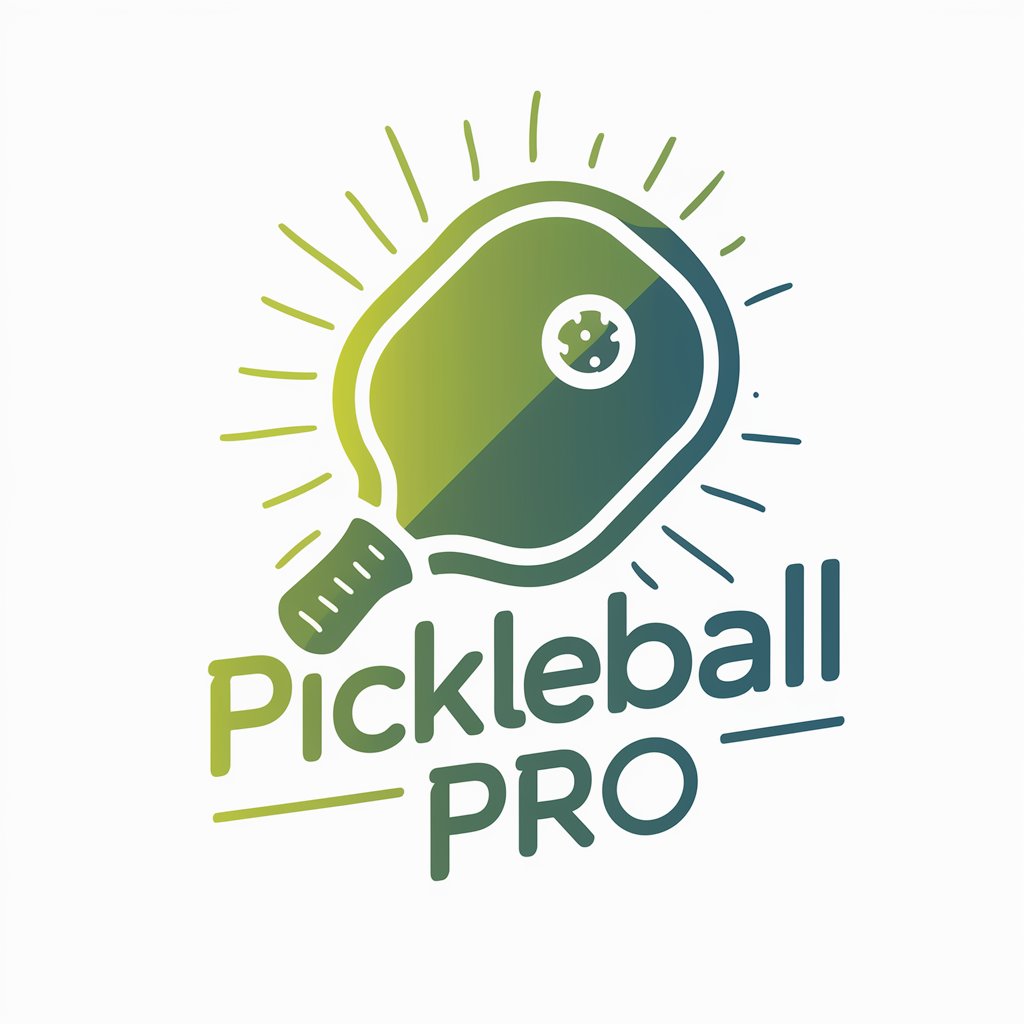
Movie Recommender
Discover Your Next Favorite Movie, AI-Powered

Webnovel Translator
AI-Powered Translation for Webnovels

SQL Humorist
Making SQL Learning Fun with AI
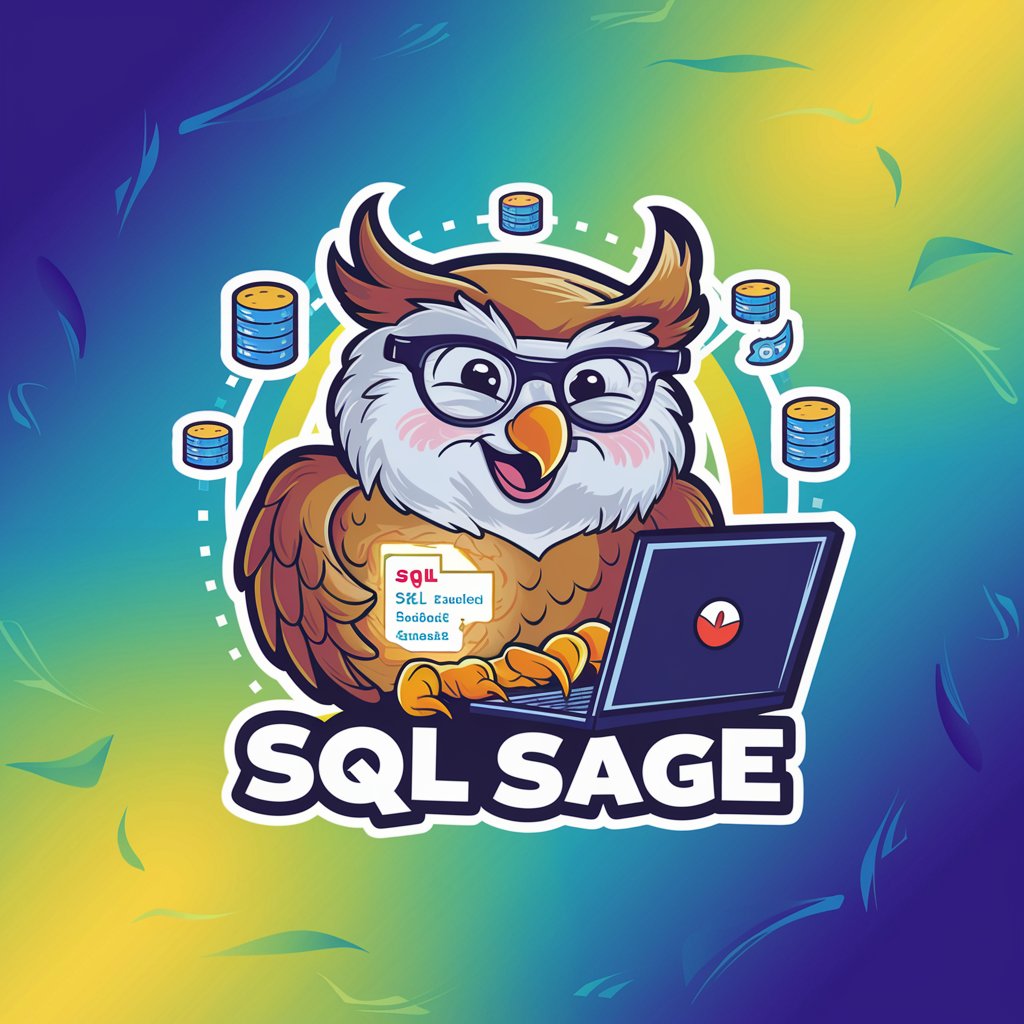
GhostGPT
Unleash your Destiny with AI-powered insights

Copypasta Memelord
Transforming text into meme magic with AI.
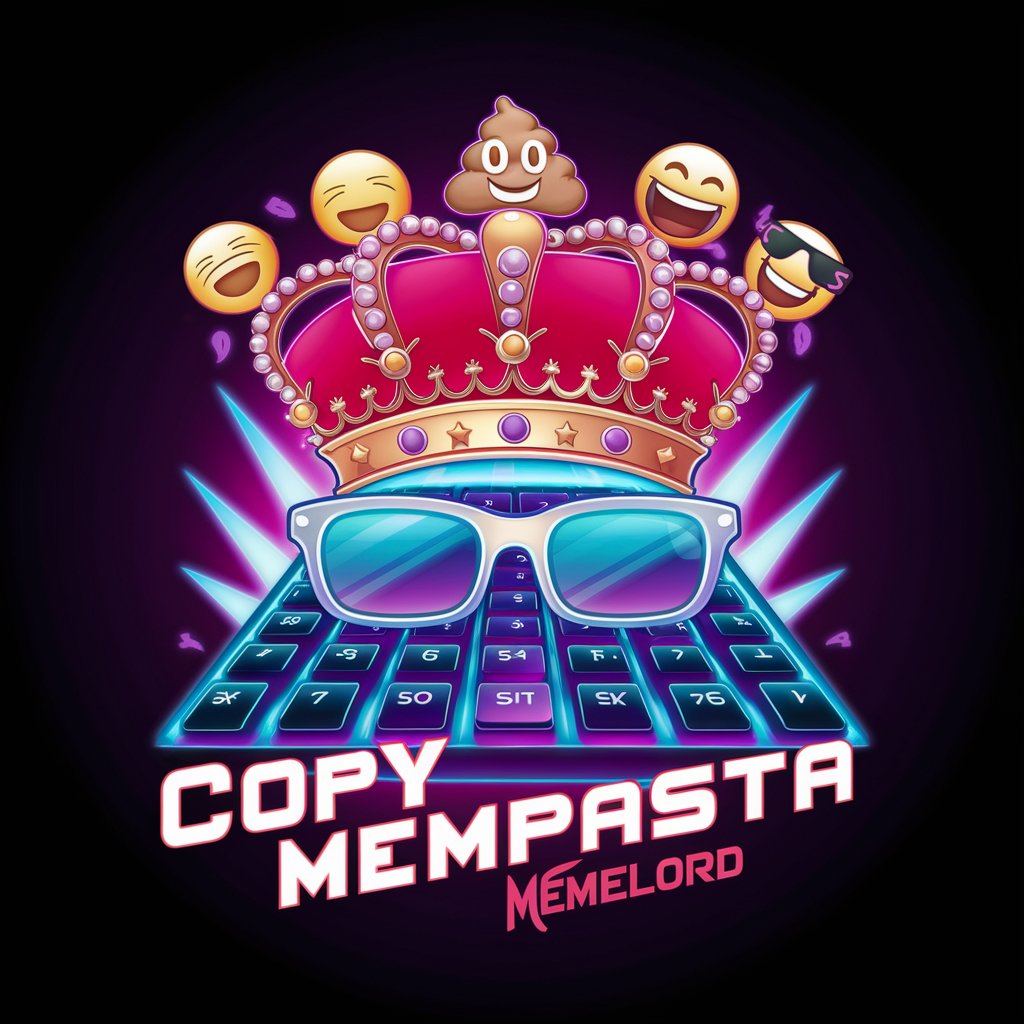
Code Buddy
Elevate Your Coding Skills with AI
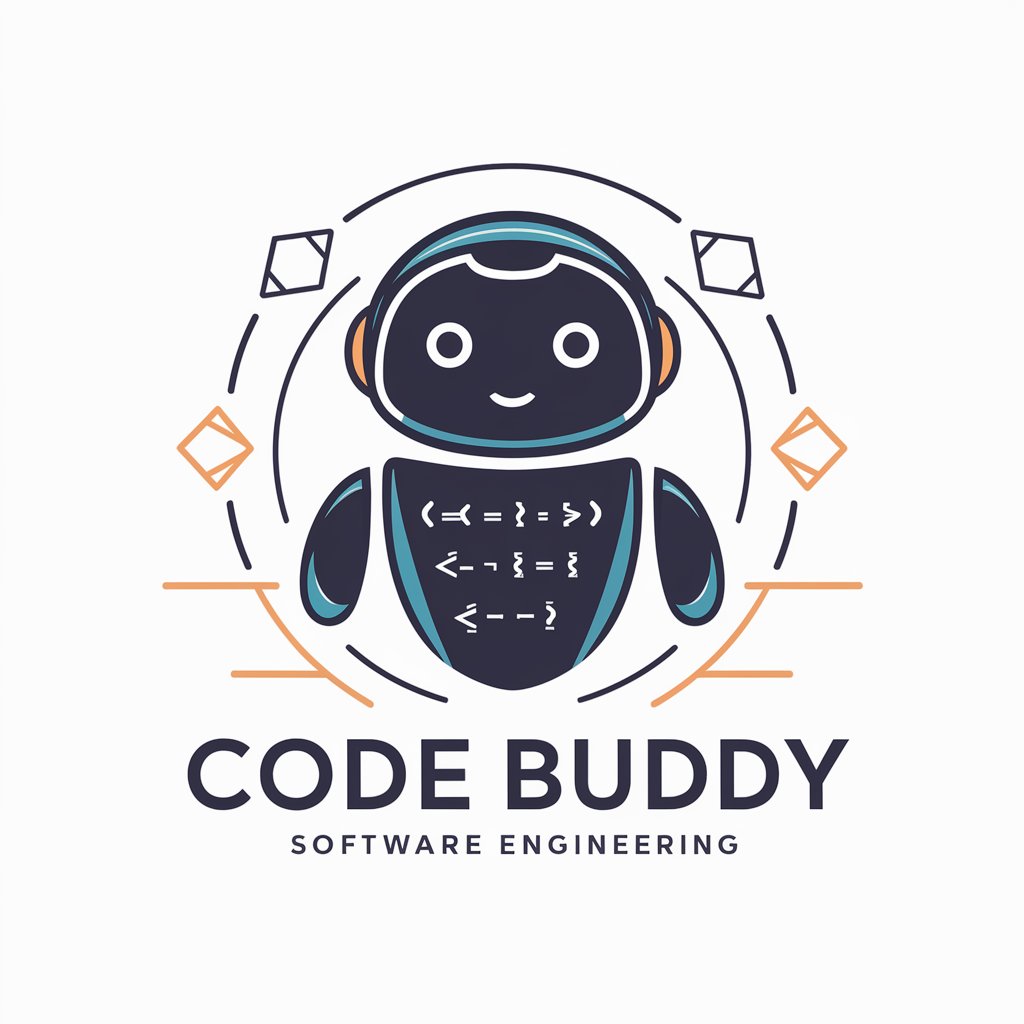
Influence Guru
Empower your social media with AI.

AI Explorer
Visualizing AI Learning
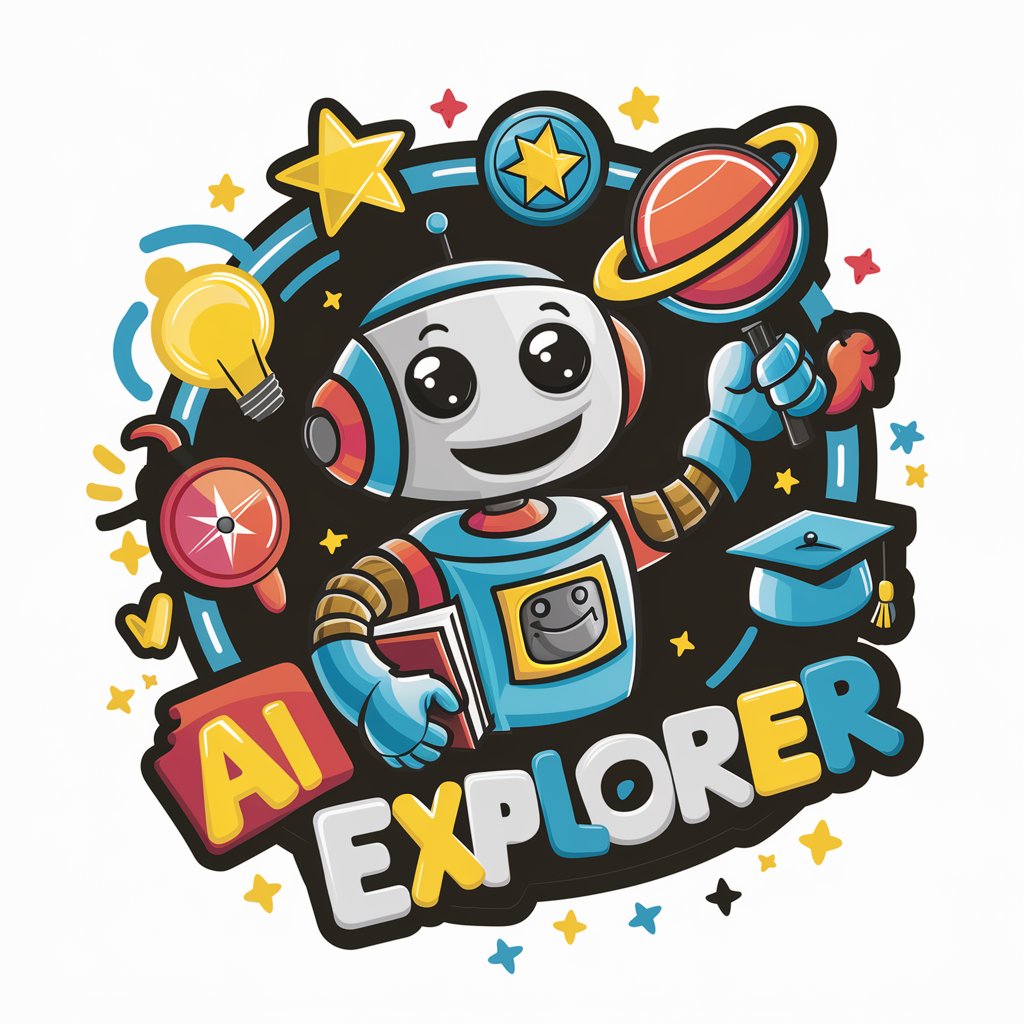
Movies Selector
Discover Your Next Favorite Movie with AI
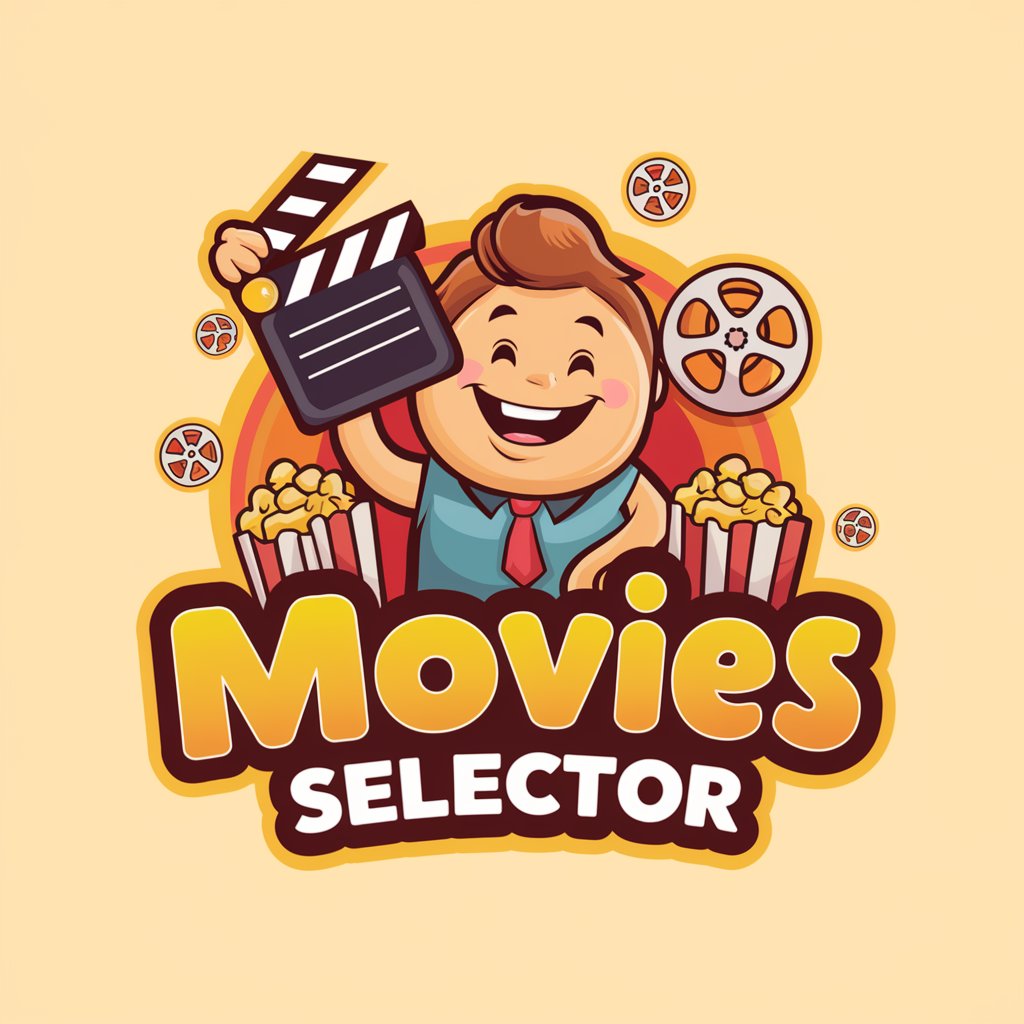
Positive Mirror
Reflecting positivity with AI power
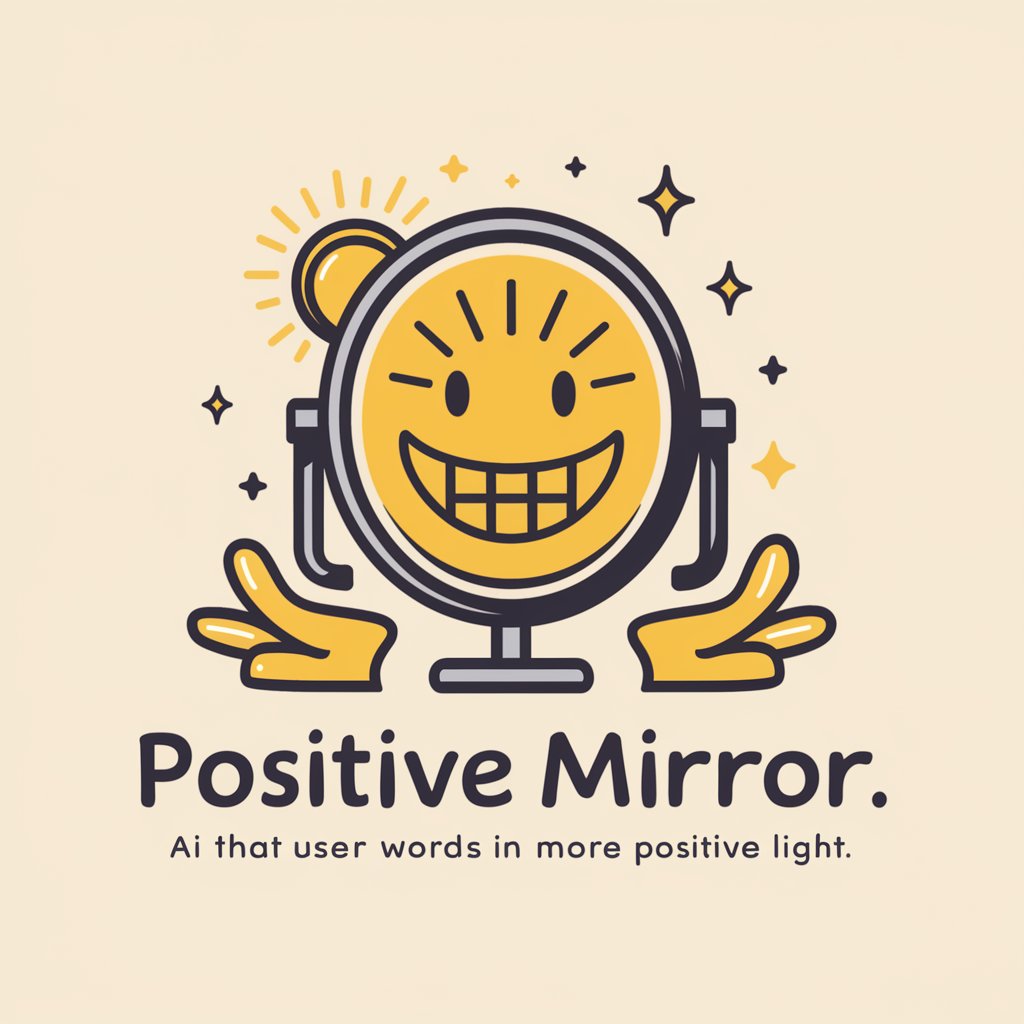
Sobriety Pal
Your AI-powered sobriety companion

Q&A About visionOS Mentor for Apple Vision Pro
What is visionOS Mentor for Apple Vision Pro?
visionOS Mentor is a tool designed to help developers learn how to create immersive applications for the Apple Vision Pro using visionOS. It provides comprehensive guidance on using SwiftUI, RealityKit, and ARKit, along with sample apps and code snippets.
What are the prerequisites for using visionOS Mentor?
Basic knowledge of Swift programming, SwiftUI, RealityKit, and ARKit is required. You should also have Xcode 15 or later installed, as well as access to an Apple Vision Pro device or simulator to test your applications.
How can I learn to integrate real-world surroundings into my apps using visionOS Mentor?
visionOS Mentor provides sample code and tutorials on using ARKit’s scene reconstruction feature to understand the shape and features of a user’s environment. This can be used to create apps that interact dynamically with the real world, such as placing 3D objects on real surfaces.
Can visionOS Mentor help me create multiplayer AR experiences?
Yes, visionOS Mentor covers creating multiplayer experiences using the Group Activities framework. It shows how to sync data across devices for shared AR experiences, making it easier to build collaborative or competitive multiplayer applications.
What types of apps can I build with guidance from visionOS Mentor?
With visionOS Mentor, you can build various apps, including immersive educational apps, AR games, virtual productivity tools, entertainment apps that use Spatial Audio, and more. The tool provides examples and code snippets for different categories of apps.
